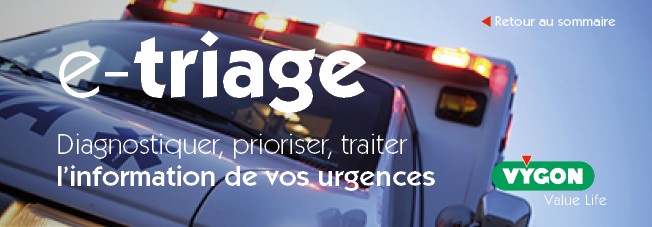Analysis of bystander CPR quality during out-of-hospital cardiac arrest using data derived from automated external defibrillators
S. M. Fernando (a1), C. Vaillancourt (a1), S. Morrow (a1) et I. G. Stiell (a1)
Canada
Introduction: Out-of-hospital cardiac arrest (OHCA) is associated with high mortality, and CPR quality is one of the few modifiable factors associated with improved outcomes. Particularly, bystander CPR has been shown to improve survival and neurological outcomes in OHCA. However, the quality of CPR performed by bystanders in OHCA is unknown. We evaluated bystander CPR quality during OHCA, utilizing data stored within Automated External Defibrillators (AEDs), and matched with cases enrolled in the Resuscitation Outcomes Consortium (ROC) database.
Methods: This cohort study included adult OHCA cases from the Ottawa ROC site between 2011-2016, which were of presumed cardiac etiology, not witnessed by EMS, and where an AED was utilized by a bystander with > 1 minute of CPR process data available. AED data from Ottawa Paramedic Services was matched to each case identified by the ROC database. AED data was analyzed using manufacturer software to determine overall measures of bystander CPR quality, changes in bystander CPR quality over time, and bystander adherence to existing 2010 Resuscitation Guidelines.
Results: 100 cases met all inclusion criteria. 75.0% of patients were male, with a mean age of 62.3 years. 58.0% of arrests occurred in the home setting, and 24.0% were witnessed arrests. Initial rhythm was ventricular fibrillation/ventricular tachycardia in 36.0% of cases. Overall survival rate was 42.0%, with a modified Rankin Score of 3.7 (95% CI: 2.9-4.5). Bystanders demonstrated high-quality CPR over the course of resuscitation, with a chest compression fraction (CCF) of 75.9% (73.6-78.1), a compression depth of 5.26 cm (5.03-5.49), and a compression rate of 111.2/min (107.7-114.7). Mean peri-shock pause was 26.8 seconds (24.6-29.1). Adherence rates to 2010 Resuscitation Guidelines for compression rate and depth were 66.0% (60.9-71.1) and 54.9% (48.6-61.3), respectively. CPR quality was lowest in the first minute of resuscitation, during which rhythm analysis took place (mean 40.5 sec). In cases involving a shockable rhythm, overall latency from initiation of AED to shock delivery was 59.2 sec (45.5-72.8).
Conclusion: We found that bystanders perform high-quality CPR, with strong adherence rates to existing Resuscitation Guidelines. Our findings provide evidence of the quality of bystander CPR performed during OHCA.





